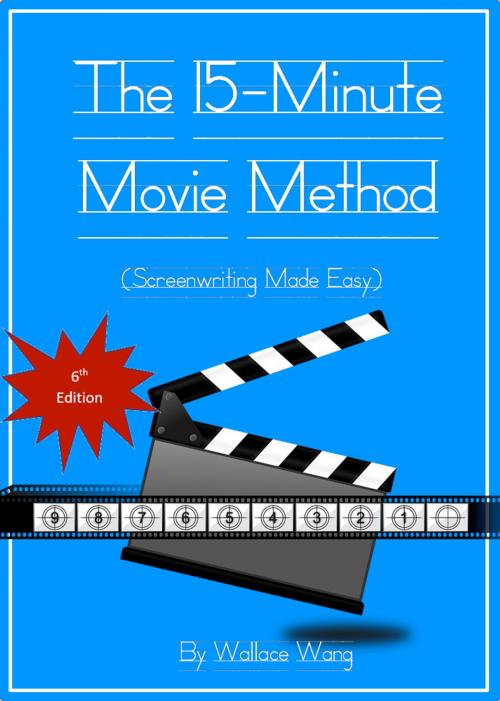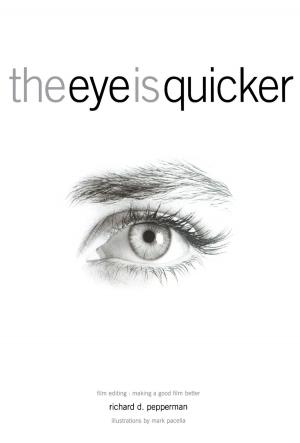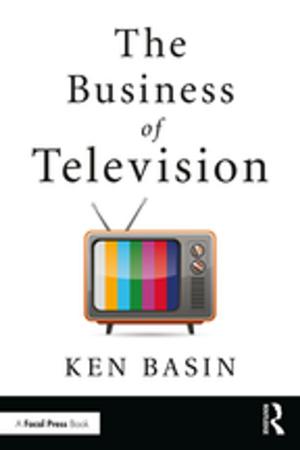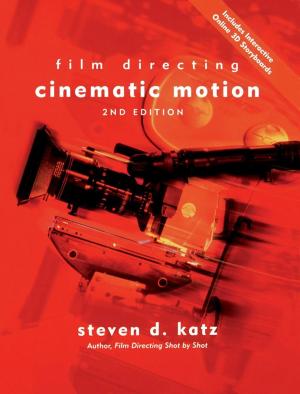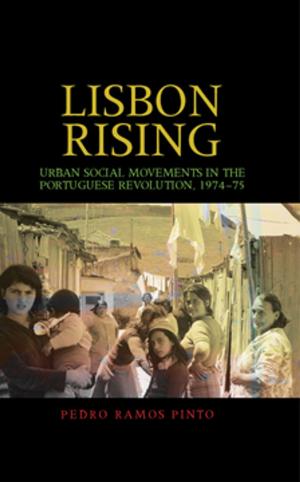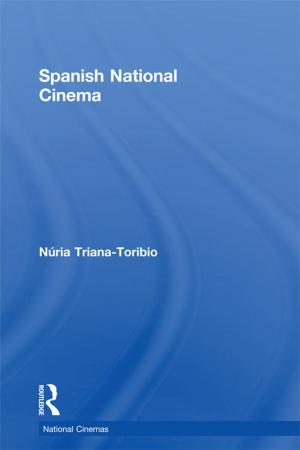The 15-Minute Movie Method
(Screenwriting Made Easy)
Nonfiction, Entertainment, Performing Arts, Television, Screenwriting, Film| Author: | Wallace Wang | ISBN: | 1230000197645 |
| Publisher: | Wallace Wang | Publication: | November 15, 2013 |
| Imprint: | Language: | English |
| Author: | Wallace Wang |
| ISBN: | 1230000197645 |
| Publisher: | Wallace Wang |
| Publication: | November 15, 2013 |
| Imprint: | |
| Language: | English |
If you’ve always wanted to write a screenplay or a novel, you may be wondering, “What makes a great story?” It’s not just interesting characters, memorable dialogue, or explosive action scenes. What makes a great screenplay (or novel) is a great story.
Every great story, from classic novels and stage plays to today’s modern films, follow the same basic, proven story structure that alternates between contrasting problems and solutions to maintain and maximize suspense.
In the traditional three Act structure, a story looks like this:
Act I -- Exposition
Act II -- Rising Action
Act III -- Climax
Act I and Act III are roughly the same length (corresponding to a 30-minute length in a 120-minute screenplay), but Act II is typically twice as long as either Act I or Act III. The result is that the traditional three Act structure sets you up for failure by forcing you to write a huge chunk of your story without any guidelines whatsoever.
In contrast, a four Act structure makes each Act manageable while also providing the necessary contrast to create a compelling story. Stories are interesting and suspenseful because they alternate between problems facing the hero followed by solutions that the hero achieves. In the four Act structure, a story looks like this:
Act I -- Exposition
Act IIa -- Positive Rising Action
Act IIb -- Negative Rising Action
Act III -- Climax
Another way to look at this four part story structure is as follows:
Act I -- Problem facing the hero
Act IIa -- Hero solves the problem and appears to achieve success
Act IIb -- New problems occur
Act III -- Hero finally solves the problem
Let’s look at how this four part story structure works in “Star Wars”:
Act I -- (Problem) Luke is stuck in a dead end life on his uncle’s farm
Act IIa -- (Solution) Luke leaves with Obi-wan to deliver the stolen Death Star plans
Act IIb -- (Problem) Luke gets trapped on the Death Star
Act III -- (Solution) Luke blows up the Death Star
The four Act structure clearly lets you tell a story with alternating problems and solutions, which is how you generate suspense to keep an audience glued to the edge of their seats.
Notice that with Act IIa, the action continues to rise, but in a positive direction. Yet in Act IIb, the action also continues to rise, but in a negative direction. This subtle difference is what the typical three Act structure fails to identify, which is why the three Act structure so easily misleads writers to create less than compelling stories.
Once you understand how this four part story structure works, you can use it as a guide to help shape your story into a well-crafted screenplay.
“The 15-Minute Movie Method” isn’t a formula for writing a story, but a set of guidelines that you can test for yourself with your own favorite movies. By following “The 15-Minute Movie Method” guidelines, you can learn how to structure your screenplay to tell a compelling, intriguing story with any idea.
You’ll learn the four basic parts of any story, how to divide your screenplay into eight, 15-minute segments that each tell a mini-story, what type of information each story segment needs to show the audience, how the beginning and end of your story is related, how to create the toughest villain for your particular hero, who the most important character of your story really is (Hint: it's not your hero), and much more with specific exercises that anyone can follow whether you’re a novice trying to write a first screenplay or a veteran screenwriter who needs to fix a problem with an existing screenplay.
By taking you step-by-step through the process of turning a good idea into a well-structured story, “The 15-Minute Movie Method” can show you how to write a screenplay with less hassle, frustration, and confusion so you can spend more time actually writing and enjoying the process of creating the story that you want to share with the world. You can write a screenplay!
If you’ve always wanted to write a screenplay or a novel, you may be wondering, “What makes a great story?” It’s not just interesting characters, memorable dialogue, or explosive action scenes. What makes a great screenplay (or novel) is a great story.
Every great story, from classic novels and stage plays to today’s modern films, follow the same basic, proven story structure that alternates between contrasting problems and solutions to maintain and maximize suspense.
In the traditional three Act structure, a story looks like this:
Act I -- Exposition
Act II -- Rising Action
Act III -- Climax
Act I and Act III are roughly the same length (corresponding to a 30-minute length in a 120-minute screenplay), but Act II is typically twice as long as either Act I or Act III. The result is that the traditional three Act structure sets you up for failure by forcing you to write a huge chunk of your story without any guidelines whatsoever.
In contrast, a four Act structure makes each Act manageable while also providing the necessary contrast to create a compelling story. Stories are interesting and suspenseful because they alternate between problems facing the hero followed by solutions that the hero achieves. In the four Act structure, a story looks like this:
Act I -- Exposition
Act IIa -- Positive Rising Action
Act IIb -- Negative Rising Action
Act III -- Climax
Another way to look at this four part story structure is as follows:
Act I -- Problem facing the hero
Act IIa -- Hero solves the problem and appears to achieve success
Act IIb -- New problems occur
Act III -- Hero finally solves the problem
Let’s look at how this four part story structure works in “Star Wars”:
Act I -- (Problem) Luke is stuck in a dead end life on his uncle’s farm
Act IIa -- (Solution) Luke leaves with Obi-wan to deliver the stolen Death Star plans
Act IIb -- (Problem) Luke gets trapped on the Death Star
Act III -- (Solution) Luke blows up the Death Star
The four Act structure clearly lets you tell a story with alternating problems and solutions, which is how you generate suspense to keep an audience glued to the edge of their seats.
Notice that with Act IIa, the action continues to rise, but in a positive direction. Yet in Act IIb, the action also continues to rise, but in a negative direction. This subtle difference is what the typical three Act structure fails to identify, which is why the three Act structure so easily misleads writers to create less than compelling stories.
Once you understand how this four part story structure works, you can use it as a guide to help shape your story into a well-crafted screenplay.
“The 15-Minute Movie Method” isn’t a formula for writing a story, but a set of guidelines that you can test for yourself with your own favorite movies. By following “The 15-Minute Movie Method” guidelines, you can learn how to structure your screenplay to tell a compelling, intriguing story with any idea.
You’ll learn the four basic parts of any story, how to divide your screenplay into eight, 15-minute segments that each tell a mini-story, what type of information each story segment needs to show the audience, how the beginning and end of your story is related, how to create the toughest villain for your particular hero, who the most important character of your story really is (Hint: it's not your hero), and much more with specific exercises that anyone can follow whether you’re a novice trying to write a first screenplay or a veteran screenwriter who needs to fix a problem with an existing screenplay.
By taking you step-by-step through the process of turning a good idea into a well-structured story, “The 15-Minute Movie Method” can show you how to write a screenplay with less hassle, frustration, and confusion so you can spend more time actually writing and enjoying the process of creating the story that you want to share with the world. You can write a screenplay!
